HANS HOFMANN (1880-1966)

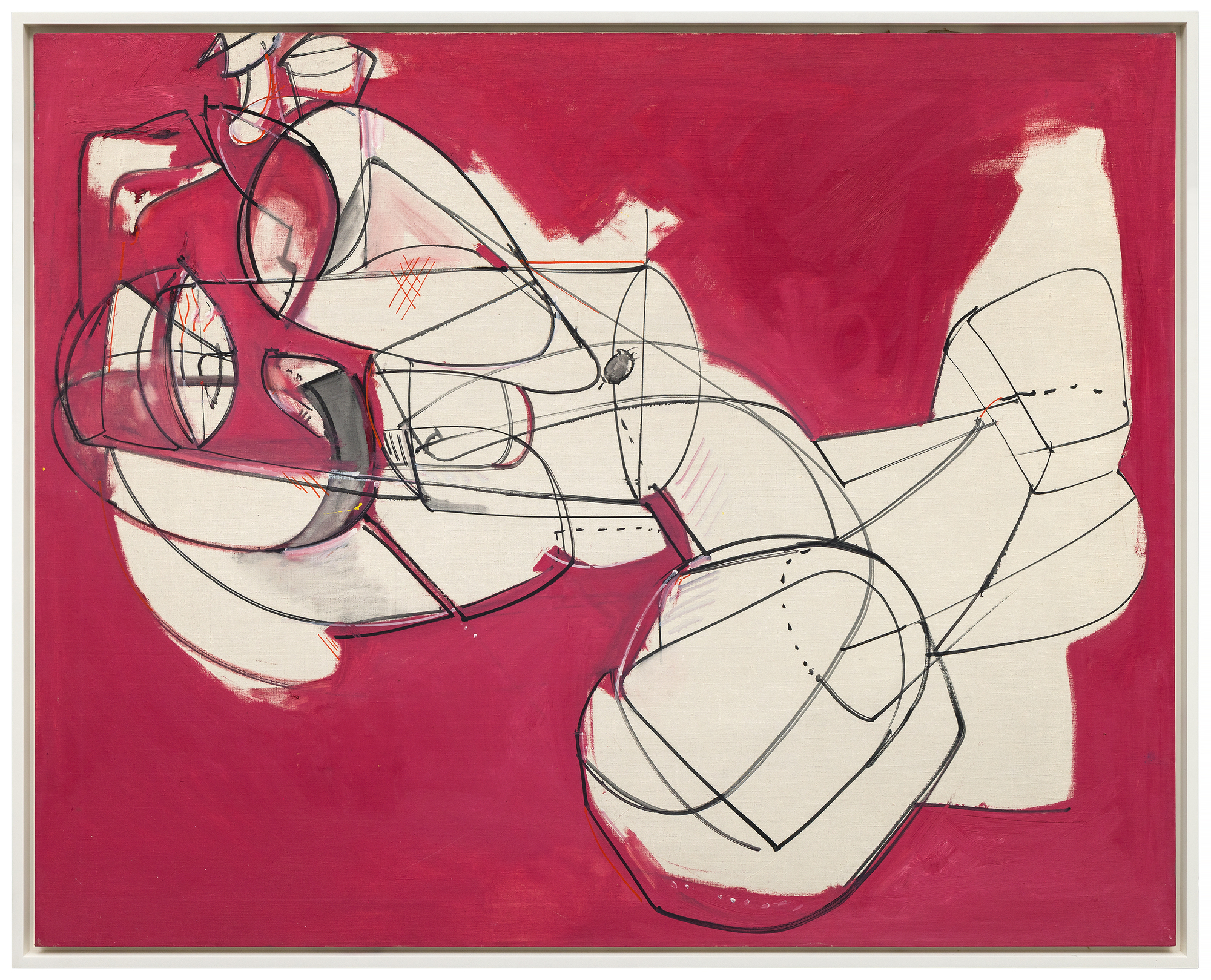
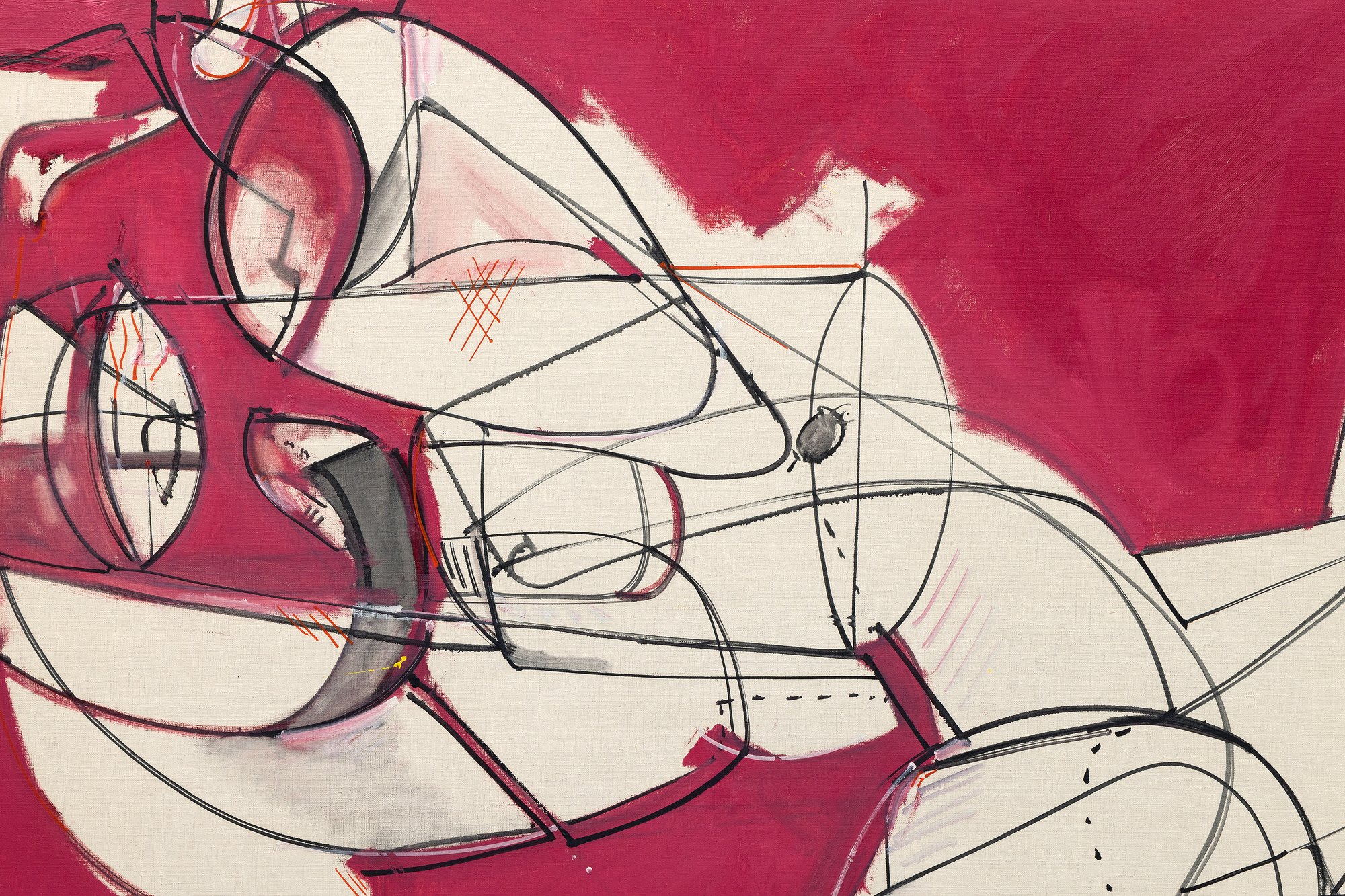
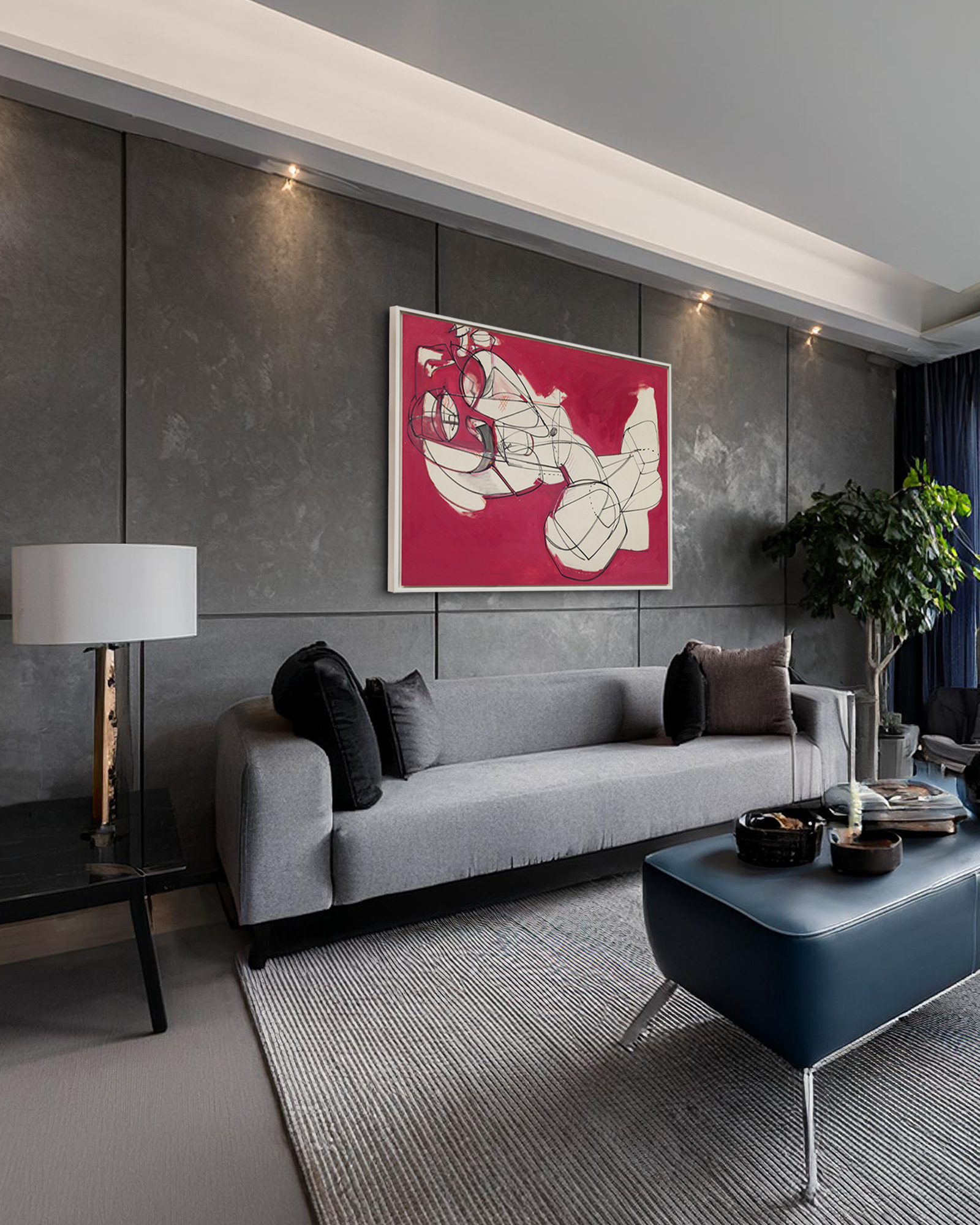
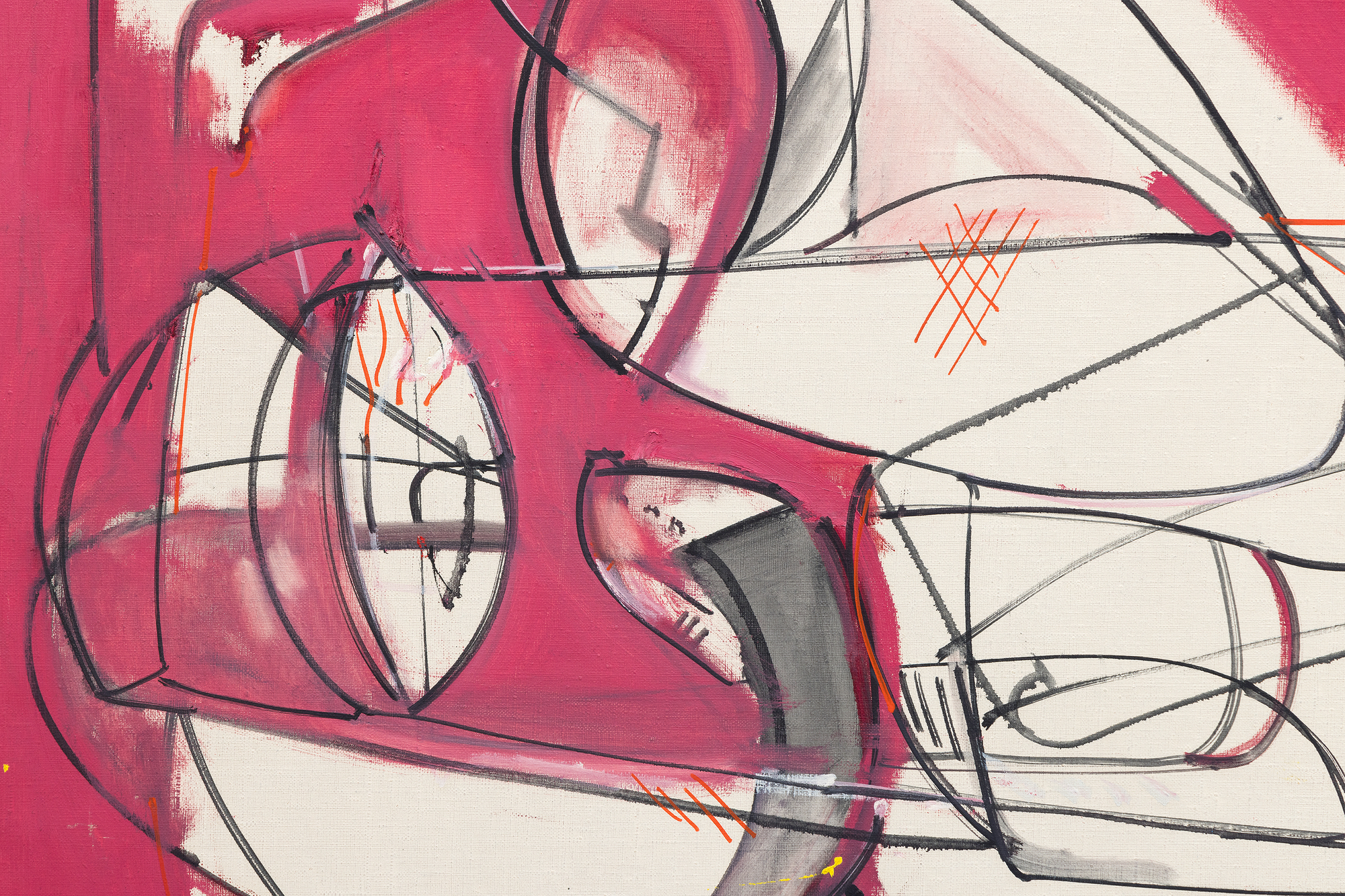
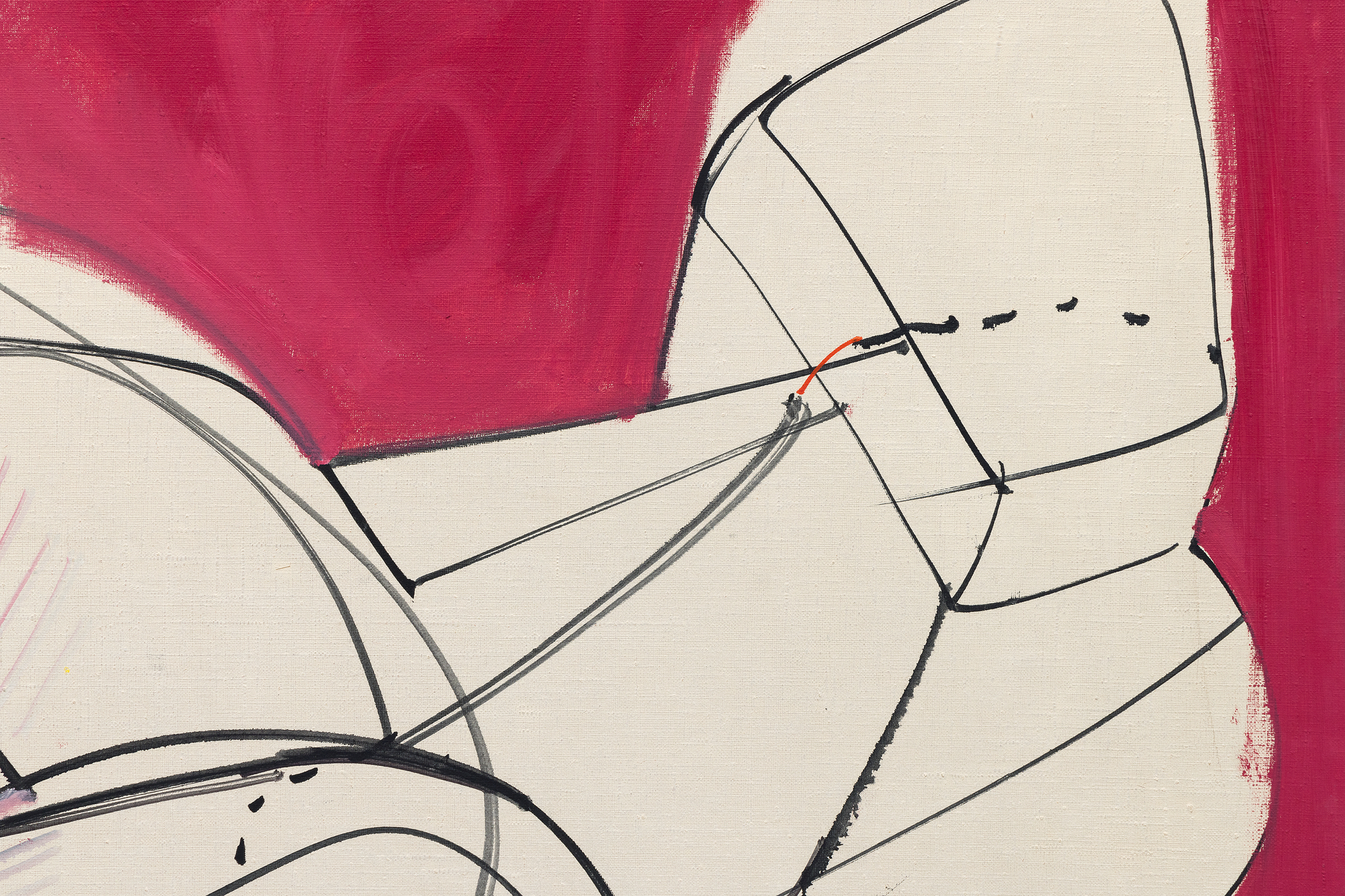
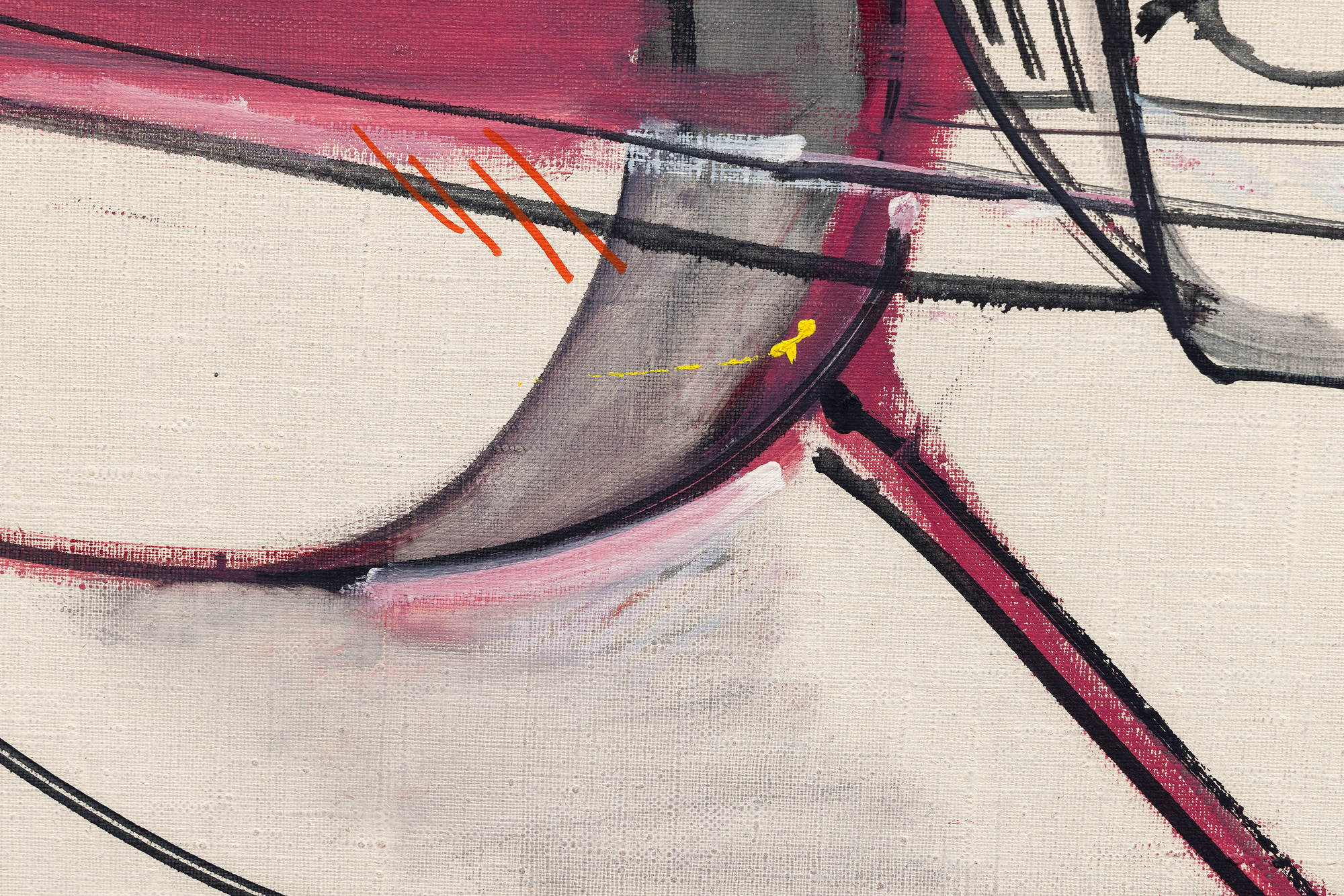



Provenienz
Galerie Andre Emmerich, New York, New YorkNachlass von Hans Hofmann
Ameringer & Yohe Fine Art, New York, New York
Privatsammlung, New Jersey
Ausstellung
New York, New York, Betty Parsons Gallery, Hans Hofmann: Neue Arbeiten, 24. März - 12. April 1947New York, New York, American Academy of Arts and Letters, Hans Hofmann, 1971
Toronto, Kanada, David Mirvish Gallery, Hans Hofmann: The Thirties through the Sixties, 15. April - 23. Mai 1972
New York, New York, Andre Emmerich Gallery, Hans Hofmann, Die Jahre 1947-1952, Apr...Mehr.....il 3 - 28, 1976
New York, New York, Ameringer Yohe, Hans Hofmann: The Unabashed Unconscious; Reflections on Hofmann and Surrealism, 30. März - 29. April 2006
Literaturhinweise
Cynthia Goodman, Hofmann: Abbeville Modern Masters, New York, 1986, Abb. 45, S. 56 (schwarz-weiß illustriert)Jed Perl, Hans Hofmann, The Unabashed Unconscious: Reflections on Hofmann and Surrealism, New York, 2006, S. 37 (farbig illustriert)
Suzi Villiger, Hans Hofmann: Werkverzeichnis der Gemälde, Band II, Surrey, 2014, HH Kat. Nr. 1135-1947, S. 382 (farbig illustriert)
...WENIGER..... Preis625,000
In dieser Zeit wendet sich Hofmann von der fließenden, malerischen Dynamik seiner früheren Werke ab und setzt auf Linearität. Von 1944 bis 1951 durchdringt dieser lineare Impuls seine Praxis und signalisiert eine anhaltende Erkundung von Ausdrucksformen, in denen er sich mit der Versöhnung von Abstraktion und Struktur auseinandersetzt. Während einige diese Phase als einen Rückzug von den energischen Durchbrüchen betrachteten, die den Aufstieg der amerikanischen Kunst zu weltweiter Bedeutung bestimmt hatten, erkannten andere die Besonderheit dieser Gemälde. Astral Image #1 stellte den Rahmen von Hofmanns einzigartiger Vision in Frage, indem es die kubistische Disziplin mit der lebhaften, unbändigen Energie vermischte, die ein Markenzeichen seines Werks blieb.
Die flachen Flächen des Werks in leuchtendem Alizarin-Karminrot, die mit dem kantigen Schwung der Linien kontrastiert werden, evozieren einen Kosmos von ruheloser Energie und spielen auf die himmlischen Themen an, die der Titel des Gemäldes andeutet. Dieses Gemälde spiegelt Hofmanns bewusste Erkundungen in den späten 1940er Jahren wider, die seine einzigartige Fähigkeit unterstreichen, Werke zu schaffen, die sich einer einfachen Kategorisierung entziehen und sich als zutiefst persönliche Erkundungen von Form und Farbe auszeichnen.


